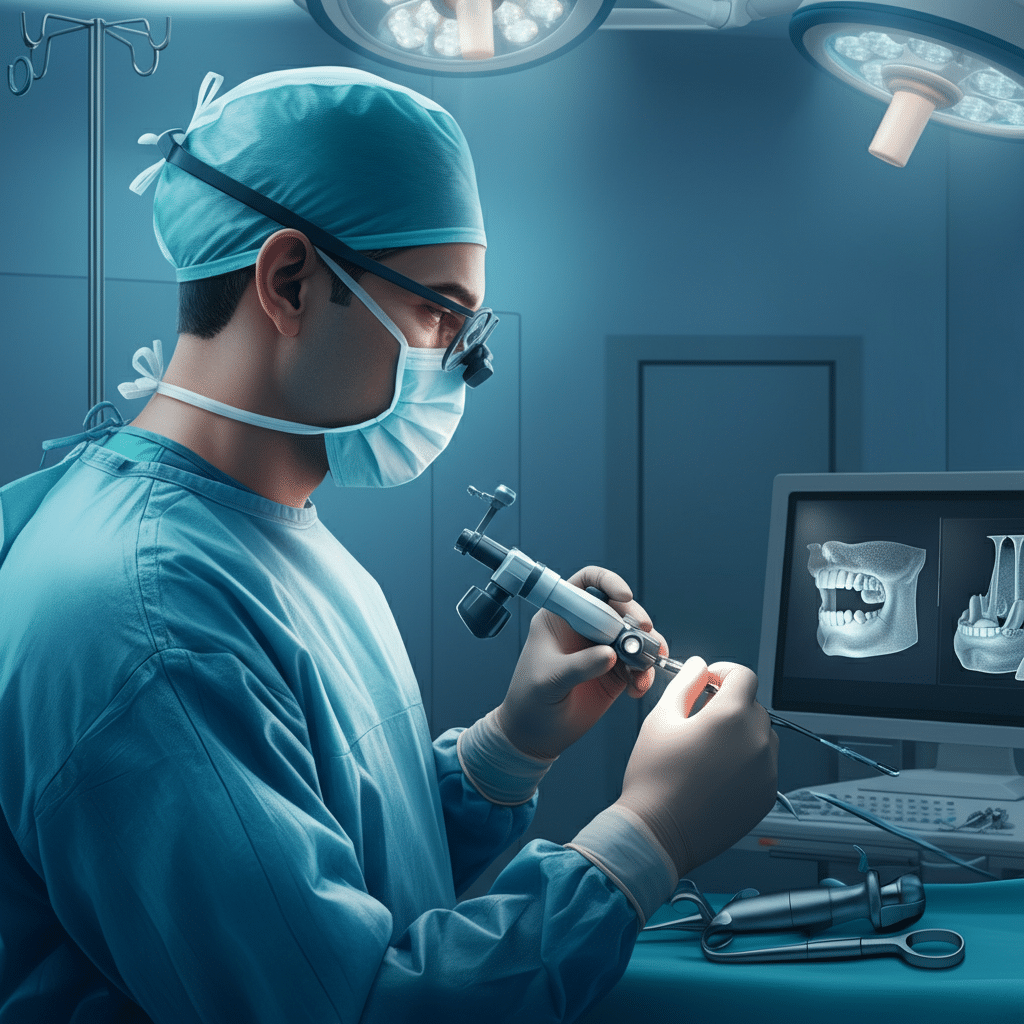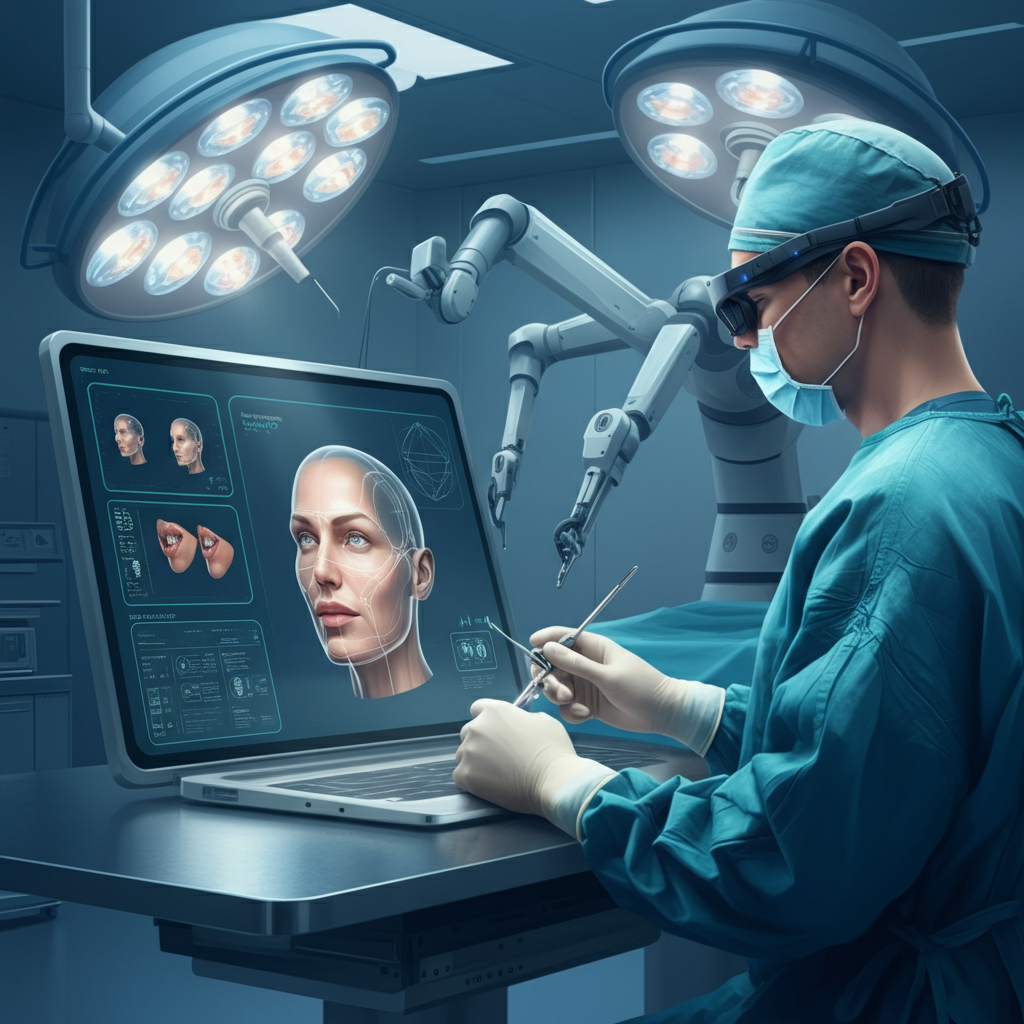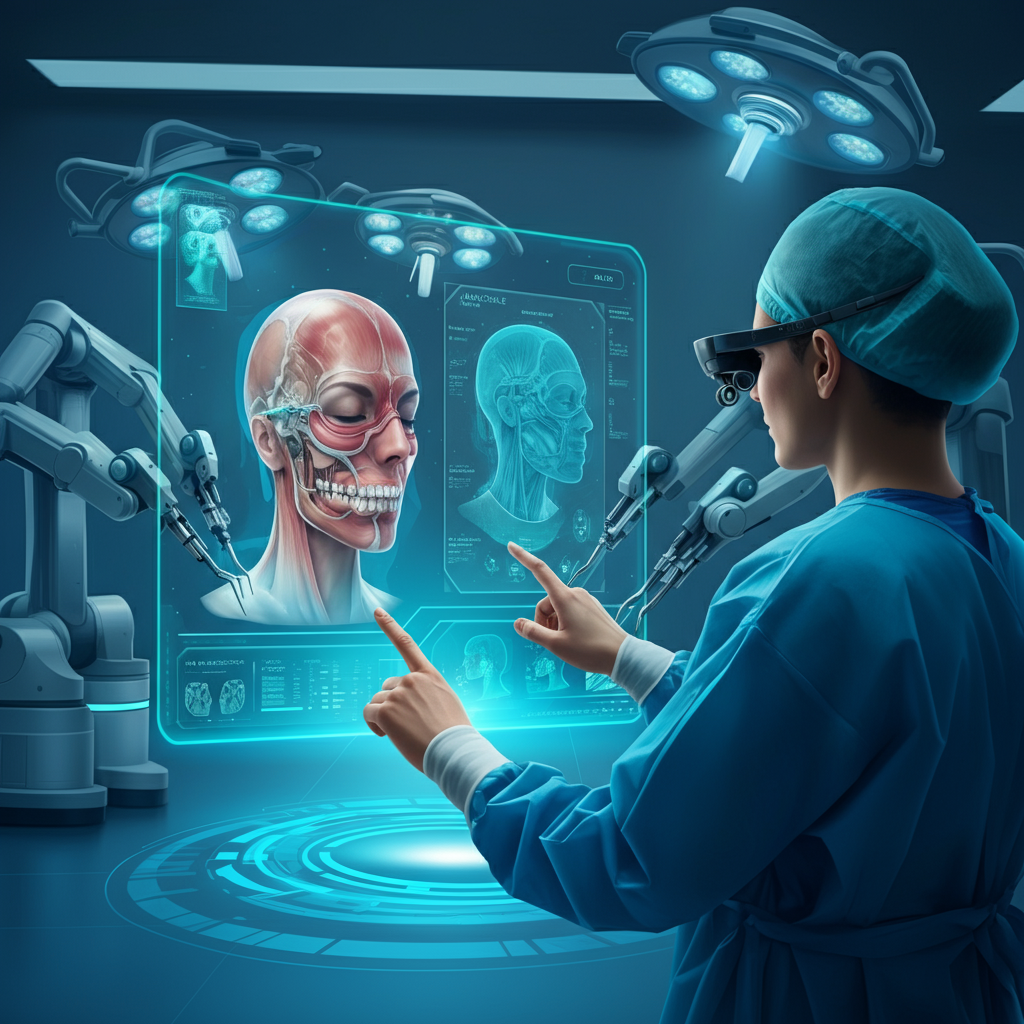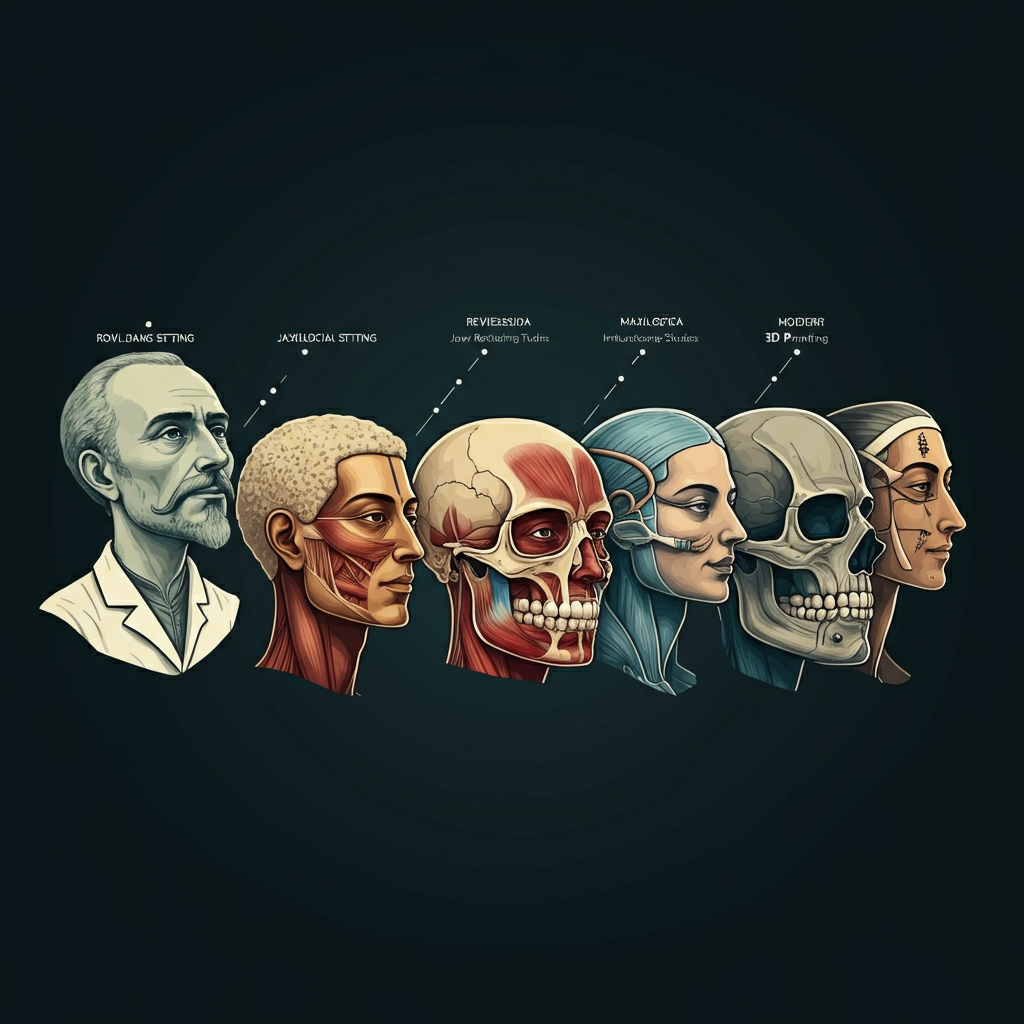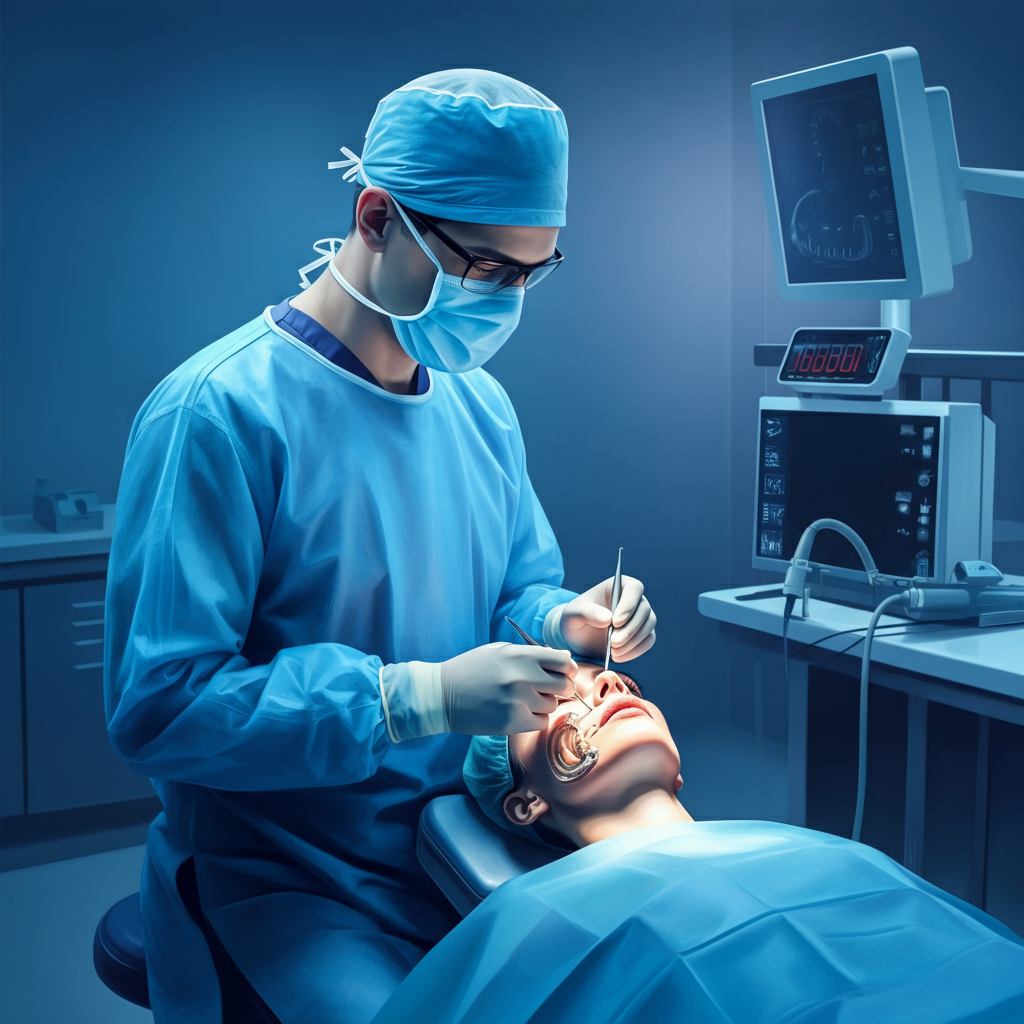Advancements in medical technology have revolutionized numerous fields, and jaw surgery is no exception. Minimally invasive techniques are swiftly becoming the gold standard, offering patients significant benefits compared to traditional approaches. These modern methods prioritize reduced trauma, faster recovery times, and improved aesthetic results, fundamentally reshaping how surgeons address complex jaw issues.
This blog explores the key benefits of minimally invasive jaw surgery, highlights cutting-edge techniques like arthroscopy and guided surgery, and considers the future potential of these groundbreaking methods.
What is Minimally Invasive Jaw Surgery?
Minimally invasive jaw surgery leverages advanced tools and techniques to minimize the physical impact of the procedure. Unlike traditional surgeries that rely on large incisions, minimally invasive methods use smaller cuts or even no external incisions at all. The goal is to achieve the same or better results with less physical trauma to the patient.
This approach is transforming procedures for conditions like temporomandibular joint (TMJ) disorders, jaw misalignment, and facial trauma. Surgeons now have access to technology that allows them to work with enhanced precision while offering patients a smoother recovery experience.
The Benefits of Minimally Invasive Techniques
1. Reduced Trauma to the Tissues
Traditional jaw surgeries often involve significant disruption to bone, muscle, and connective tissue. This can lead to prolonged swelling, bruising, and discomfort post-surgery. Minimally invasive methods, by contrast, are designed to minimize tissue damage. Modern tools like endoscopes or specialized surgical instruments allow surgeons to operate through tiny incisions, preserving surrounding healthy tissue.
For example, arthroscopy, which uses a small camera and miniaturized tools, enables precise navigation within the jaw joint. This approach reduces the risk of scarring and significantly limits post-operative inflammation.
2. Faster Healing and Recovery
With less physical trauma, the body heals more quickly. Traditional jaw surgeries often come with extended downtime, requiring weeks or even months for full recovery. Minimally invasive methods shorten this timeline considerably, allowing patients to return to their daily routines sooner.
Post-operative care is also easier for patients undergoing minimally invasive surgery. Decreased swelling and pain mean fewer medications, reduced reliance on assistive care, and shorter follow-up schedules.
3. Improved Cosmetic Outcomes
One of the standout benefits of minimally invasive surgery is its emphasis on aesthetics. Since many procedures involve small internal incisions or extremely small external cuts, visible scarring is minimal. This is an important consideration for patients concerned about facial appearance post-surgery.
For example, guided surgical techniques can optimize incision placement by pre-planning the operation using 3D imaging. This approach not only lowers the risk of scarring but also ensures an overall refined result.
4. Lower Risk of Complications
Smaller incisions and precision tools often mean lower risks during surgery. Traditional jaw surgeries carry the potential for complications such as infections or excessive bleeding. Minimally invasive methods involve shorter operative times and reduced handling of tissues, thus lowering the chance of adverse events.
Key Minimally Invasive Techniques
Arthroscopy for TMJ Disorders
For patients with TMJ disorders, arthroscopy is a common minimally invasive solution. This technique involves inserting a small camera (arthroscope) into the joint space through a minor incision. Surgeons can use this visual guide to perform tasks like removing damaged tissue, repairing disk displacement, or reshaping joint surfaces.
Compared to open-joint surgery, arthroscopy reduces recovery time, limits scarring, and allows for a quicker return to normal jaw function.
Virtual Surgical Planning (VSP) and Guided Surgery
Guided surgery, often paired with virtual surgical planning (VSP), represents a significant leap in precision. Surgeons use 3D imaging and advanced software to digitally plan each step of the procedure before setting foot in the operating room.
During surgery, physical guides or robotic systems assist in executing the plan accurately. This method enhances precision, lowers the risk of errors, and minimizes unnecessary surgical trauma. Guided surgery has become particularly useful in orthognathic (corrective jaw) surgeries, where millimetric accuracy is essential.
Laser-Assisted Jaw Surgery
Laser technology is another advancement driving minimally invasive jaw procedures forward. Lasers can make highly targeted incisions, cauterize blood vessels to minimize bleeding, and reduce the risk of post-operative infections.
These benefits make laser-assisted surgery an excellent choice for soft tissue corrections around the jaw or for treating specific oral pathologies.
Comparing Traditional and Minimally Invasive Approaches
Traditional Methods
- Large incisions
- Higher amounts of tissue damage
- Prolonged recovery times
- Greater risks of scarring and post-operative complications
Minimally Invasive Methods
- Smaller incisions or no external incisions
- Limited tissue trauma
- Faster healing and reduced downtime
- Lower risk of infection and enhanced cosmetic results
The difference is clear: minimally invasive options are redefining patient outcomes, making jaw surgery less daunting and more effective.
The Future of Minimally Invasive Jaw Surgery
As technology continues to evolve, the future of minimally invasive jaw surgery looks promising. Innovations like robotics, augmented reality for surgical navigation, and regenerative medicine could make these methods even more accessible and effective.
For instance, advancements in tissue engineering may enable damaged jaw structures to be repaired using bioengineered tissues, potentially eliminating the need for more invasive bone grafting procedures.
Additionally, artificial intelligence (AI) is becoming increasingly integrated into surgical planning. AI systems can analyze individual patient data to create tailor-made surgical plans, reduce human error, and improve overall outcomes.
Closing Thoughts
The shift toward minimally invasive jaw surgery is about more than just convenience—it’s about improving quality of life. With reduced trauma, quicker recovery, and better long-term results, these techniques are revolutionizing the surgical experience for both patients and practitioners.
As new tools and methods emerge, we can expect minimally invasive approaches to become even more dominant, making complex jaw surgeries safer, faster, and less intimidating than ever before.
Are you considering jaw surgery? Consult with a specialist to explore how minimally invasive options could benefit you.
